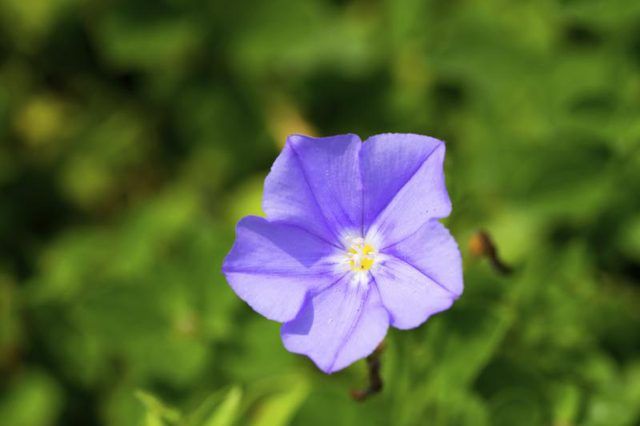Bulbs
Flower Basics
Flower Beds & Specialty Gardens
Flower Garden
Garden Furniture
Garden Gnomes
Garden Seeds
Garden Sheds
Garden Statues
Garden Tools & Supplies
Gardening Basics
Green & Organic
Groundcovers & Vines
Growing Annuals
Growing Basil
Growing Beans
Growing Berries
Growing Blueberries
Growing Cactus
Growing Corn
Growing Cotton
Growing Edibles
Growing Flowers
Growing Garlic
Growing Grapes
Growing Grass
Growing Herbs
Growing Jasmine
Growing Mint
Growing Mushrooms
Orchids
Growing Peanuts
Growing Perennials
Growing Plants
Growing Rosemary
Growing Roses
Growing Strawberries
Growing Sunflowers
Growing Thyme
Growing Tomatoes
Growing Tulips
Growing Vegetables
Herb Basics
Herb Garden
Indoor Growing
Landscaping Basics
Landscaping Patios
Landscaping Plants
Landscaping Shrubs
Landscaping Trees
Landscaping Walks & Pathways
Lawn Basics
Lawn Maintenance
Lawn Mowers
Lawn Ornaments
Lawn Planting
Lawn Tools
Outdoor Growing
Overall Landscape Planning
Pests, Weeds & Problems
Plant Basics
Rock Garden
Rose Garden
Shrubs
Soil
Specialty Gardens
Trees
Vegetable Garden
Yard Maintenance
Sweet Potato Vine Care
Sweet Potato Vine Care. When a garden demands going big and bold, ornamental sweet potato vines (Ipomoea batatas) answer with Mardi Gras flamboyance. Unlike the sweet, starchy Thanksgiving Day vegetables, they're light on flavor and heavy on deep-purple, chartreuse, burgundy or multicolored flash. Perennials in U.S. Department of Agriculture plant...

When a garden demands going big and bold, ornamental sweet potato vines (Ipomoea batatas) answer with Mardi Gras flamboyance. Unlike the sweet, starchy Thanksgiving Day vegetables, they're light on flavor and heavy on deep-purple, chartreuse, burgundy or multicolored flash. Perennials in U.S. Department of Agriculture plant hardiness zones 9 through 11 -- depending on cultivar -- and treated as annuals elsewhere, they reward minimal care with cascades of deeply lobed or heart-shaped leaves. Plant the vines as ground covers with plenty of room to roam, or spill them from walls, hanging baskets or containers. Just don't expect them to climb without support.
Fertilizing Frequency
Enthusiastically growing sweet potato vines manage on minimal fertilizer. Give in-ground plants balanced, slow-release 10-10-10 fertilizer at planting and at two or three evenly spaced intervals between late spring and early fall. One brand recommends 1/2 tablespoon of its 10-10-10 fertilizer for each 1 square foot of soil. Wearing gloves and protective eyewear, spread the granules evenly, rake them into the top 2 or 3 inches of soil and water well. Fertilize container plants weekly with a 10-10-10 fertilizer and water solution mixed at one-fourth the label's recommended strength. If the brand calls for a monthly application of 1 teaspoon for each 1 gallon of water, for example, reduce the fertilizer amount to 1/4 teaspoon per gallon.
When to Water
As tropical plants, ornamental sweet potato vines do best in warm, humid conditions and consistently moist -- not soggy -- soil. Their water-storing tubers carry them through brief dry spells. As general guidelines, water the vines thoroughly as soon as they begin wilting, or whenever the top 1 inch of soil feels dry to the touch. Check container vines twice daily in hot, dry weather, when the moisture evaporates quickly.
Pruning for Bushiness
If the vines outgrow their boundaries, simply cut them back. The harder they're pruned, the more quickly they respond with lush, new foliage. Using clean, sharp hand pruners, prune the overgrown stems to the desired length about 1/4 inch above a leaf node. Two new stems replace each cut one, resulting in a bushier plant. To avoid spreading disease, disinfect your pruners by wiping them with a cloth soaked in rubbing alcohol between cuts and after finishing.
Potential Problems
Pests and diseases seldom bother well-maintained ornamental sweet potatoes. Beetles occasionally chew holes in their leaves on their leaves, but seldom cause enough trouble to warrant treatment. Proper fertilizing and weed control deter red- or black-spotted, yellow tortoise beetles. Tweeze metallic-green Japanese or yellow-green, ladybug-lookalike cucumber beetles from the leaves and drown them in a bucket of soapy water. To kill high-jumping flea beetles, spray the vine until it drips with ready-to-use insecticidal soap. Repeat as necessary until they're gone. Wear gloves, long sleeves, long pants and eye protection when working with insecticidal soap.
Winter Care
Ornamental sweet potato doesn't survive prolonged sub-freezing temperatures. Frost kills the stems and foliage immediately, although the tubers survive until the ground freezes. To save a plant for another growing season, lift its tuber in fall before the first frost and store it in a dry area. In a frost-free climate, leave the plants in the ground all winter.